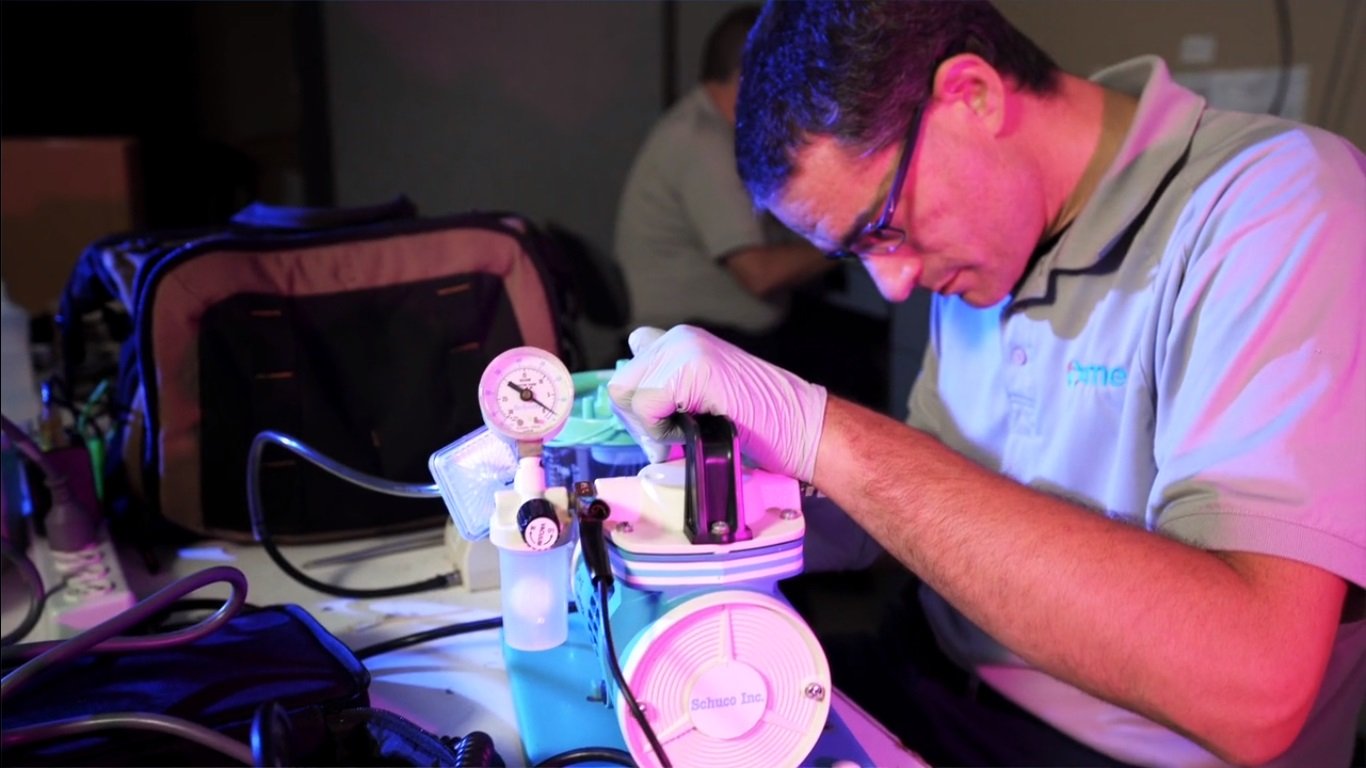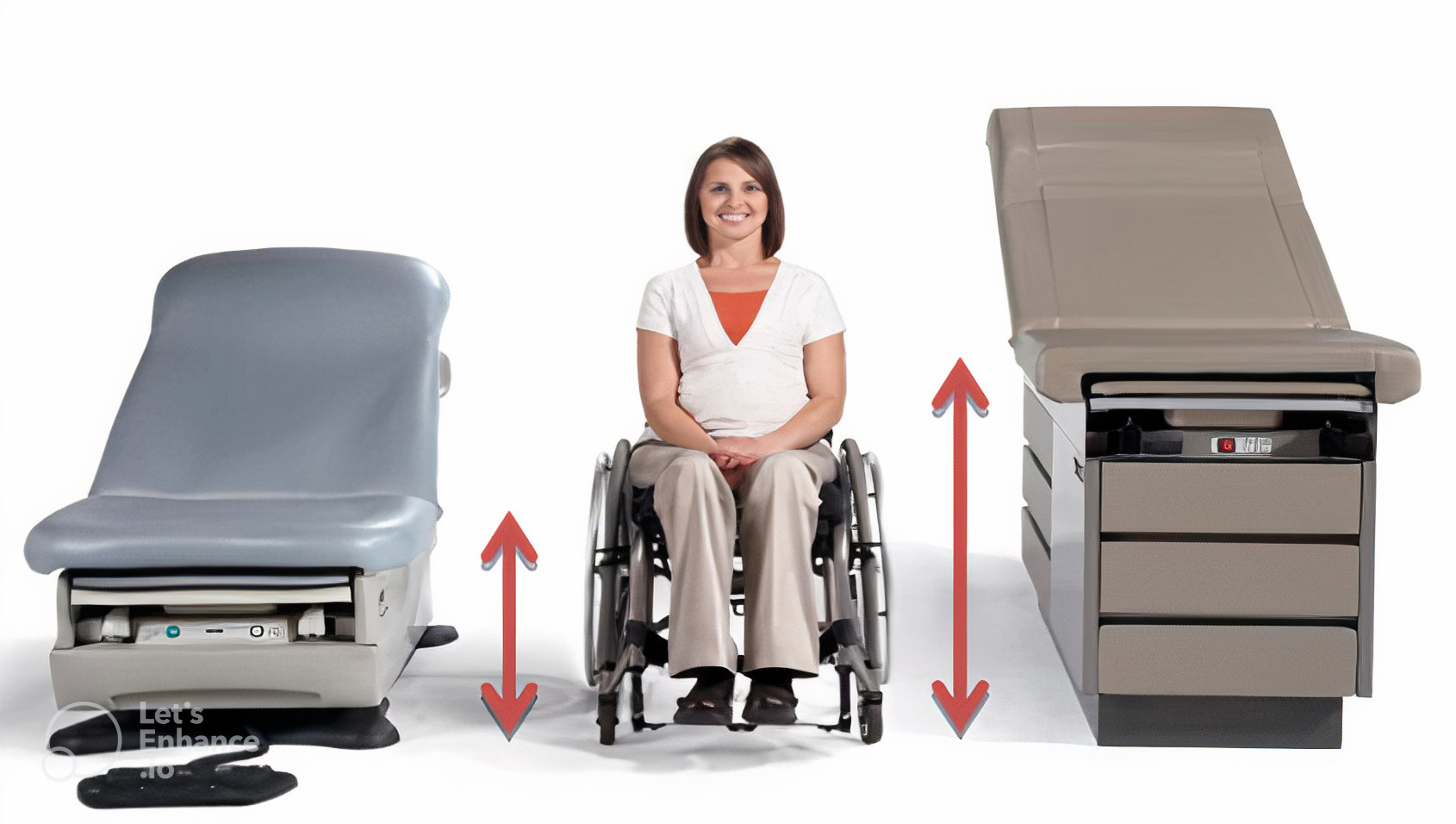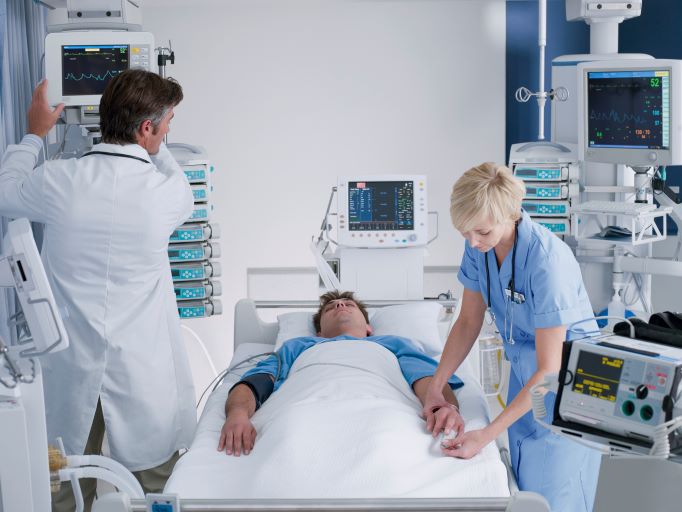Picture this: It's a crisp, cool evening at Metro General Hospital. The halls echo with the whirr of machines, the soft shuffle of nurses’ shoes, and occasional bursts of urgent conversation. The emergency department is nearing capacity, patients lining the corridors on gurneys as they await attention. In this chaotic symphony of care, there's an unsettling undercurrent. The hospital, like many others across the globe, is grappling with a severe staffing shortage.
Nurses are overworked, physicians are stretched thin, and the administrative staff is in constant juggling mode.
Emergency care is delayed, elective surgeries are postponed, and routine patient follow-ups are being compromised.
The resulting strain on patient care and staff morale is palpable. The administration is left grappling with an enormous challenge: how to provide optimal care with a fraction of the required workforce.
Enter the innovative solution of mobile telehealth carts - a solution offered by pioneers like First Products.
FIRST provides mobile mounting solutions for telehealth tablets, PCs, laptops, cameras, and other technology devices, helping teams overcome labor shortages in demanding work environments.



















